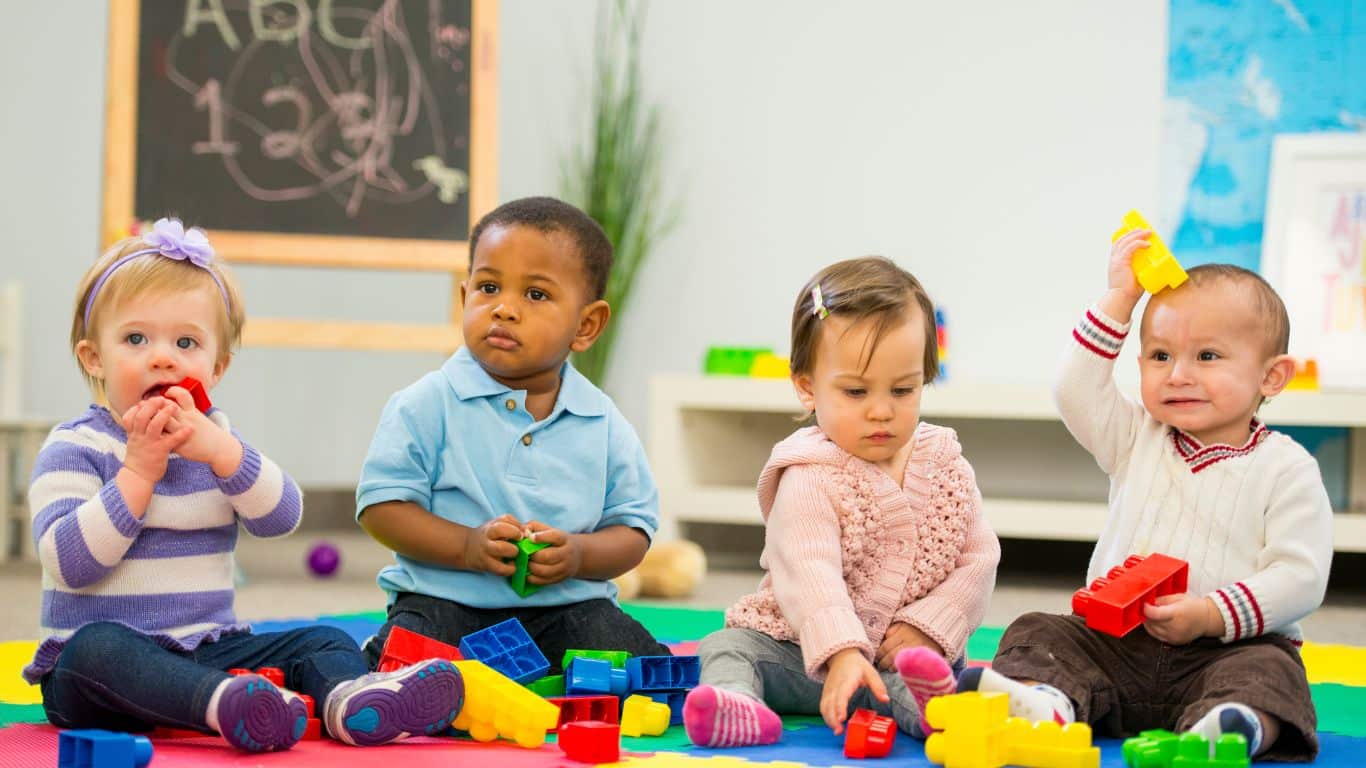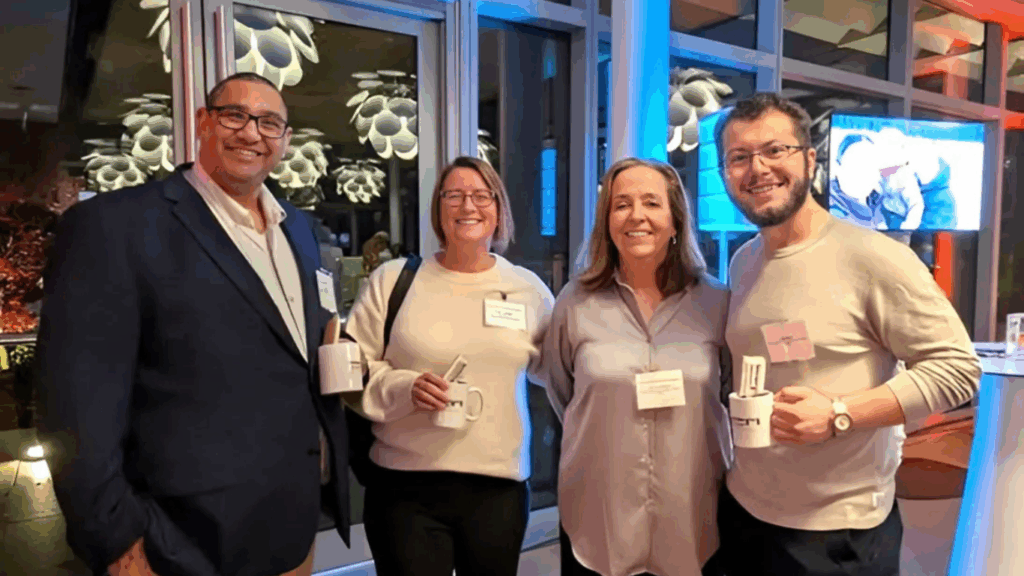One of the most common questions our Family Support Specialist get is “Where are all the babies?” Heather Ratzlaff, former Family Support team member had this to say on the topic.
In Canada today, contraceptives, abortion, and support for expectant and single mothers are more widely available than ever before. This has led to fewer available infants.
Our social welfare system prioritizes family preservation through direct supports for young and single parents. There are emotional and financial supports, parenting classes, and neighbourhood early intervention programs. Childcare subsidies and social housing round out some of the many options that the province of BC provides for marginalized parents who may have been more likely to place a child for adoption in the past.
Additionally, social norms have changed. This has led to less social stigma around having children outside of marriage.
There is also a myriad of other factors why many of the children available for adoption are not infants and toddlers.
A biological family is often given an opportunity to seek help for any problems that have caused them to need foster care. This may mean that kids go in and out of foster care a few times before it is clear that their biological family will not be able to care for them. It is only after this happens, and a continuing custody order (CCO) is granted, that a child may become eligible for adoption.
If that happens, then sometimes the foster family that has been caring for the child applies to adopt them, or someone else in their life, who is not a family member, but has a connection with the child, agrees to adopt them (e.g. daycare provider).
Very rarely, neither of those things happens and the child becomes available to the general pool of waiting adoptive parents. In those cases, the child is usually placed quickly. There are always many more families who want to adopt a young child than there are young children who are available for adoption.
The other factor is that young children often have unknown medical, social, or behavioural outcomes. As they are not able to be measured for developmental milestones yet, it may be difficult to predict future outcomes. Families who want to adopt young children must be open to special needs such as Fetal Alcohol Spectrum Disorder (FASD), which often can’t be diagnosed until the child is older.
It all leads to fewer babies available for adoption.





